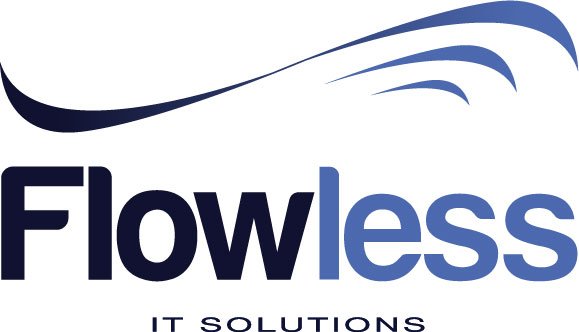The word mura stands for “lack of uniformity” and “unevenness”. This Japanese expression is one of the three terms collectively describing different forms of waste that occur in production: muda, mura, and muri.
Mura type of wastefulness can be seen in many business sectors. Being able to identify it and using certain methods to correct it can lead to saving a lot of revenue and company’s effort.
How Mura is Leads To Waste
Mura is not as widely cited as muda type of waste, but it is just as important to address within your business operations. However, it is quite different, and it is important to understand how the two relate.
Most people recognize muda easily and fast, but mura, or unevenness actually often gets overlooked. An expression of this type of waste is companies trying to sell out on their stock and therefore offering promotions that lead to a large amount of sales coming in during a short period of time, leaving the company extremely low in inventory. This technique is a part of muda practice, which suggests that excess inventory is wasteful.
As a consequence, the factories are prompted to manufacture massive amounts of new stock, which often leads to over-production. This results in clear unevenness of sales numbers, as well as too much fluctuation in inventory. Lack of stability is also wasteful as the decisions are being made from the reactive point of view and lack careful planning. Furthermore, this facilitates worsened work conditions, over-time, and that can be a patch to more waste: defects, over-processing, waiting.
Such lack of stability is deemed wasteful as it isn’t based on clients needs. Therefore, according to these waste principles of it isn’t adding value, and it corrupts the processes.
Lean Technique to Avoid Waste
These days agile and lean methodologies are the most popular practices to eliminate waste. These techniques are actually based on the same principles defined by muda,mura, and muri system. Lean manufacturing takes into account all three forms of waste and provides a model of the three method united into a system. Its key idea is focusing on that which adds value, and then reducing all other practices.
Agile Methodology
Agile traditionally refers to software development. It is based on a group of key principles which promote planning, active involvement of users, early delivery of products, testing, and frequent reviewing of achievements and methods. A lot of agile development strategies can help eliminate waste and focus on product quality and evenness of the system. Adapting the main agile principles in different business sectors can be a useful tool to reduce a number of wasteful operations.
There are many variables that determine how successful your business becomes. Mura and other types of waste can harm the workflow and negatively affect productiveness. Being aware of these harmful components gives the better understanding of how to structure the operations side of your business. Becoming a lean practitioner and working on reducing mura is a sure way to minimize unnecessary expenditures and promote a healthy business growth.
–Slimane Zouggari
